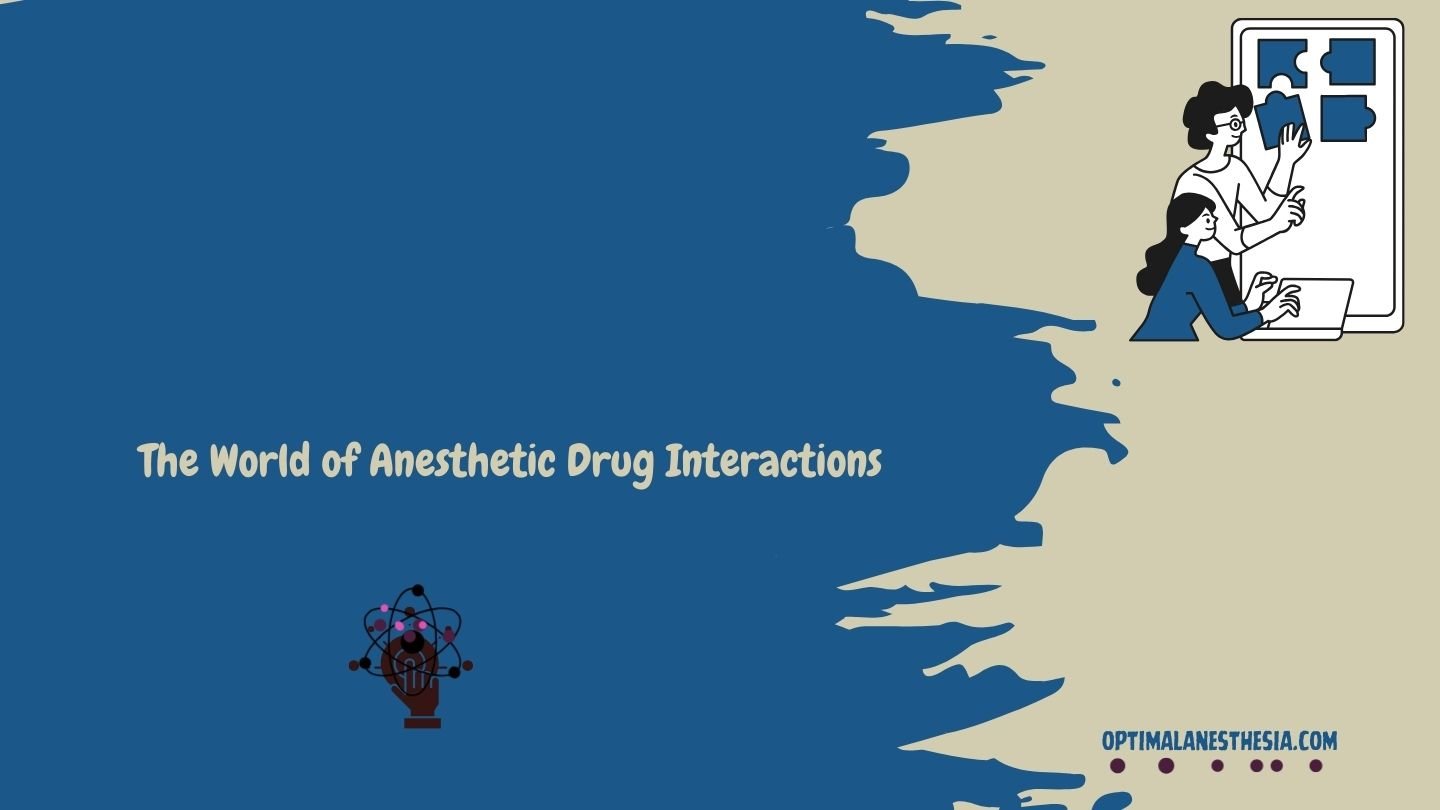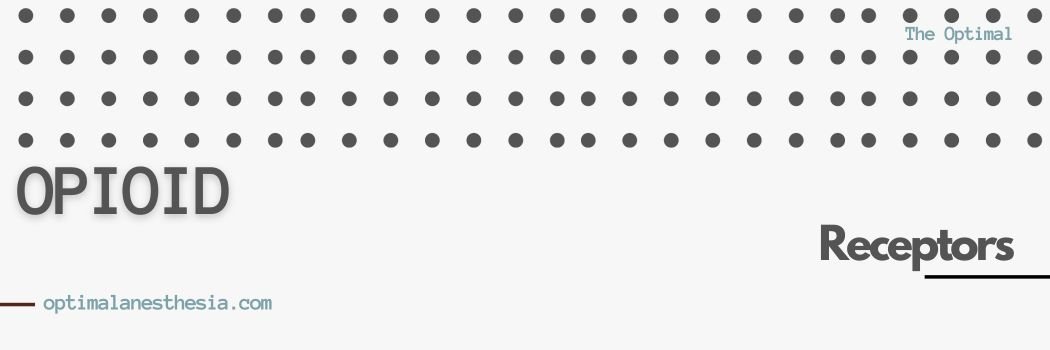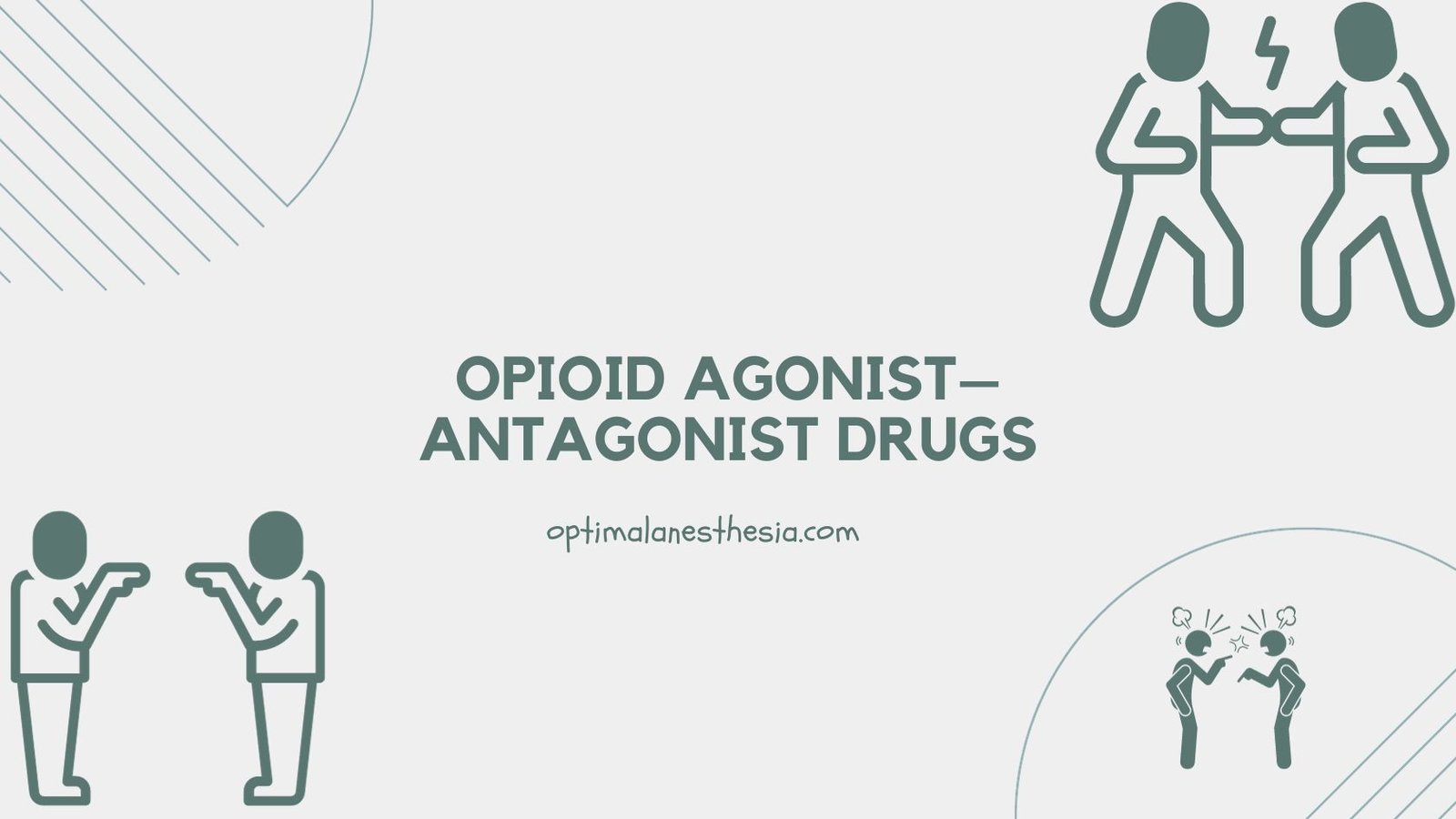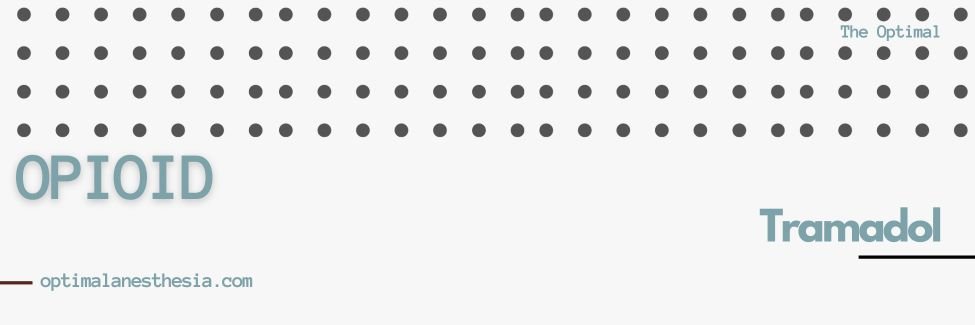Anesthesia
Introduction Anesthetic drug interactions are common in clinical practice, where anesthesiologists...
Introduction:Opioid antagonists are essential in managing opioid-related issues, including overdose...
Understanding this step-by-step mechanism of action is essential for comprehending how opioids exert...
Introduction:Opioids are a class of drugs that act as agonists at specific opioid receptors in the...
Opioid agonist–antagonist drugs are a class of medications that interact with opioid receptors in...
Introduction: Opioid medications are commonly used for pain management, but they are associated with...
A Brief History Remifentanil, a potent µ-opioid agonist, stands as a testament to the ever-evolving...
Transdermal patches are innovative delivery systems used in various medical applications, including...
Tramadol is a versatile analgesic that finds applications in the field of anesthesia due to its...











